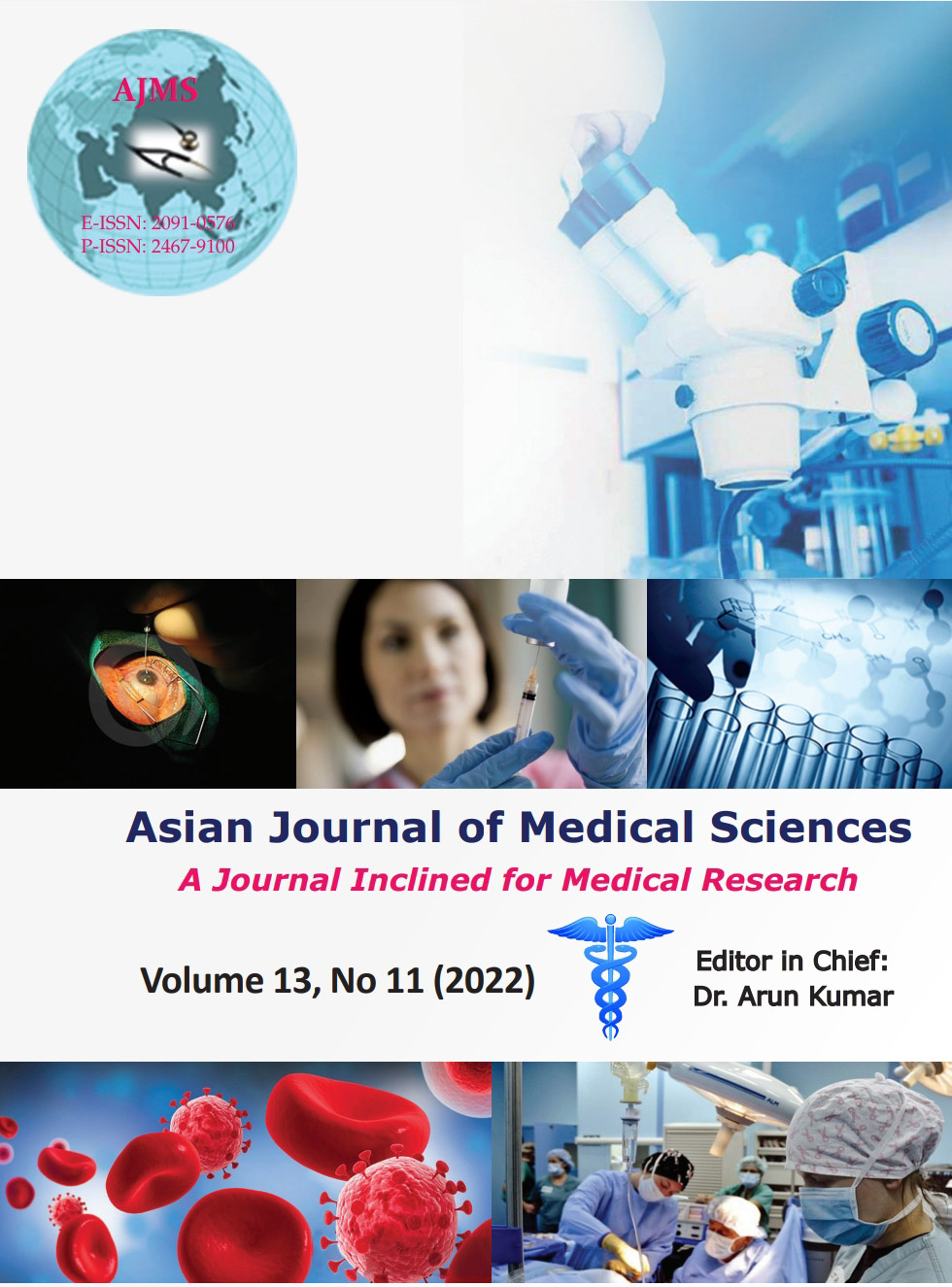A randomized study of comparison between Intravenous infusion of 0.5 mcg/kg of clonidine and 1 mcg/kg of clonidine on hemodynamic stress response to pnuemo peritoneum and intubation response during laparoscopic surgeries in a tertiary care hospital in a sub urban population
Keywords:
Clonidine; Hemodynamic and anesthesia; Incubation periodAbstract
Background: The laparoscopic surgical procedure has made remarkable changes in the surgical field. Conditions, such as pneumoperitoneum, has an impact on several homeostatic systems. To prevent them, different anesthetic techniques such as general anesthesia, spinal, intra dural, epidural, and at times combination of different techniques were used, Clonidine has various beneficial effects during the perioperative period, and they improve hemodynamic stability in response to intubation and surgical stress.
Aims and Objectives: The present study was to investigate that the randomized study of comparison between Intravenous infusion of 0.5 mcg/kg of Clonidine and 1 mcg/kg of Clonidine on hemodynamic stress response to pnuemoperitoneum and intubation response during laparoscopic surgeries in a tertiary care hospital in a sub urban population.
Materials and Methods: This study was conducted as a randomized single-blinded control trail to compare Intravenous infusion of 0.5 mcg/kg of Clonidine and 1mcg/kg of Clonidine on hemodynamic stress response to pneumoperitoneum and intubation response during laparoscopic surgeries.
Results: Post-operative pain score in the Clonidine 1 mcg/kg group was found to be significantly lower compared to Clonidine 0.5 mcg/kg group and hemodynamic parameters such as pulse rate, systolic blood pressure, diastolic blood pressure, mean arterial pressure, and saturation levels were slightly lower in the group which was administered with Clonidine 1 mcg/kg compared to the other group which received Clonidine 0.5 mcg/kg however.
Conclusion: The study highlights the importance of delivery of clonidine 1 mcg/kg facilities better outcomes in laparoscopic surgeries with lesser post-operative pain and lesser disturbance in hemodynamic parameters.
Downloads
Downloads
Published
How to Cite
Issue
Section
License
Copyright (c) 2022 Asian Journal of Medical Sciences

This work is licensed under a Creative Commons Attribution-NonCommercial 4.0 International License.
Authors who publish with this journal agree to the following terms:
- The journal holds copyright and publishes the work under a Creative Commons CC-BY-NC license that permits use, distribution and reprduction in any medium, provided the original work is properly cited and is not used for commercial purposes. The journal should be recognised as the original publisher of this work.
- Authors are able to enter into separate, additional contractual arrangements for the non-exclusive distribution of the journal's published version of the work (e.g., post it to an institutional repository or publish it in a book), with an acknowledgement of its initial publication in this journal.
- Authors are permitted and encouraged to post their work online (e.g., in institutional repositories or on their website) prior to and during the submission process, as it can lead to productive exchanges, as well as earlier and greater citation of published work (See The Effect of Open Access).




